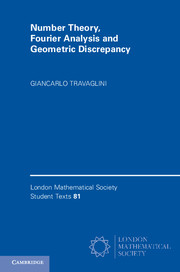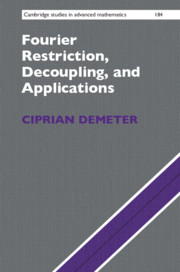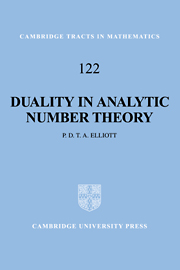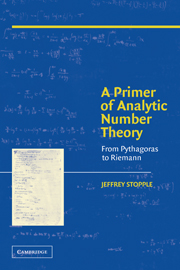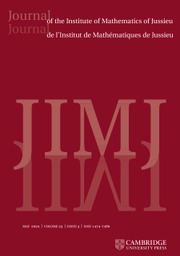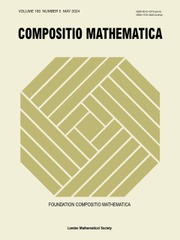Number Theory, Fourier Analysis and Geometric Discrepancy
The study of geometric discrepancy, which provides a framework for quantifying the quality of a distribution of a finite set of points, has experienced significant growth in recent decades. This book provides a self-contained course in number theory, Fourier analysis and geometric discrepancy theory, and the relations between them, at the advanced undergraduate or beginning graduate level. It starts as a traditional course in elementary number theory, and introduces the reader to subsequent material on uniform distribution of infinite sequences, and discrepancy of finite sequences. Both modern and classical aspects of the theory are discussed, such as Weyl's criterion, Benford's law, the Koksma–Hlawka inequality, lattice point problems, and irregularities of distribution for convex bodies. Fourier analysis also features prominently, for which the theory is developed in parallel, including topics such as convergence of Fourier series, one-sided trigonometric approximation, the Poisson summation formula, exponential sums, decay of Fourier transforms, and Bessel functions.
- A self-contained introduction to discrepancy theory, a rapidly developing field at the crossroads of several important areas of mathematics
- Also a self-contained guide to number theory, with classical material developed from scratch
- The exposition relies on many interesting applications of Fourier analysis, with no prior knowledge assumed
Product details
June 2014Paperback
9781107619852
248 pages
227 × 152 × 15 mm
0.37kg
22 b/w illus. 1 table 100 exercises
Available
Table of Contents
- Part I. Elementary Number Theory:
- 1. Prelude
- 2. Arithmetic functions and integer points
- 3. Congruences
- 4. Quadratic reciprocity and Fourier series
- 5. Sums of squares
- Part II. Fourier Analysis and Geometric Discrepancy:
- 6. Uniform distribution and completeness of the trigonometric system
- 7. Discrepancy and trigonometric approximation
- 8. Integer points and Poisson summation formula
- 9. Integer points and exponential sums
- 10. Geometric discrepancy and decay of Fourier transforms
- 11. Discrepancy in high dimension and Bessel functions
- References
- Index.

